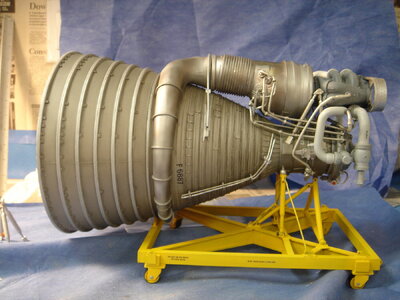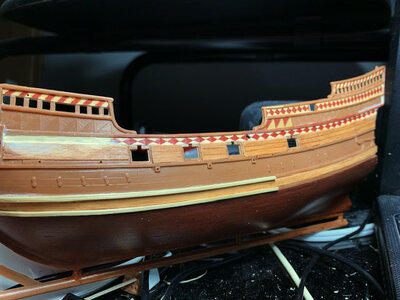I don't think I would use a lacquer thinner to thin acrylic paints without a LOT of testing. Have you ever sprayed a lacquer based paint on an already existing acrylic paint? It draws up and crinkles the acrylic paint. Stick with what the paint manufacturer recommends to thin the paint.
As far as using primer, I have done many models where I have not primed the model first. However, you need to make sure that you clean the plastic first. You want to make sure you clean off any oils from finger prints and also mold release agents. These will prevent the paint from sticking to the plastic. Also, if you wash the plastic pieces, make sure there are no pockets of liquid left in any of the corners. An air compressor can be helpful with this.

Jeff







